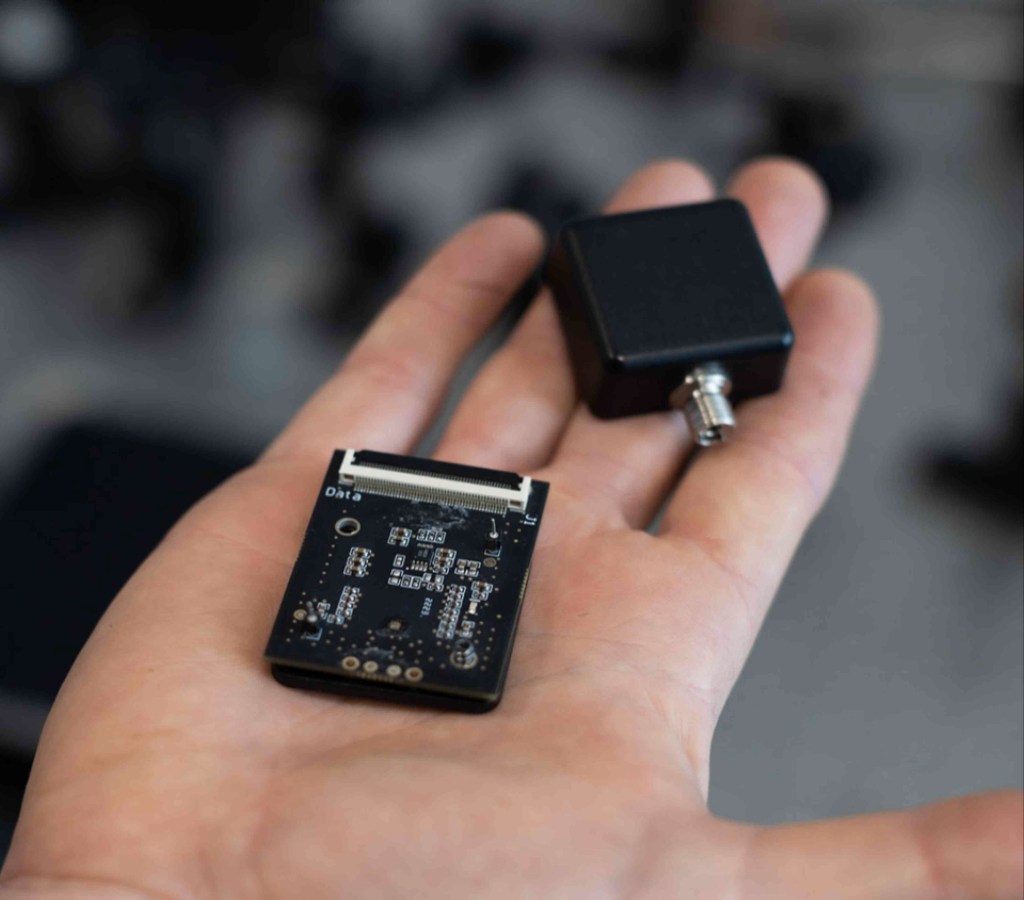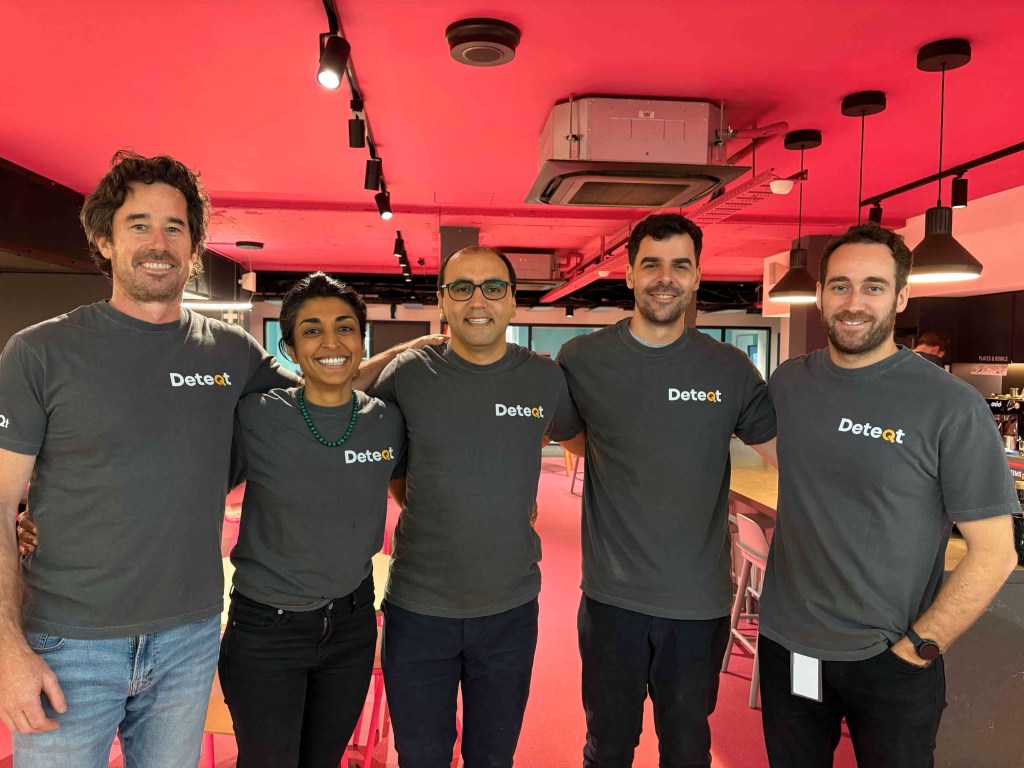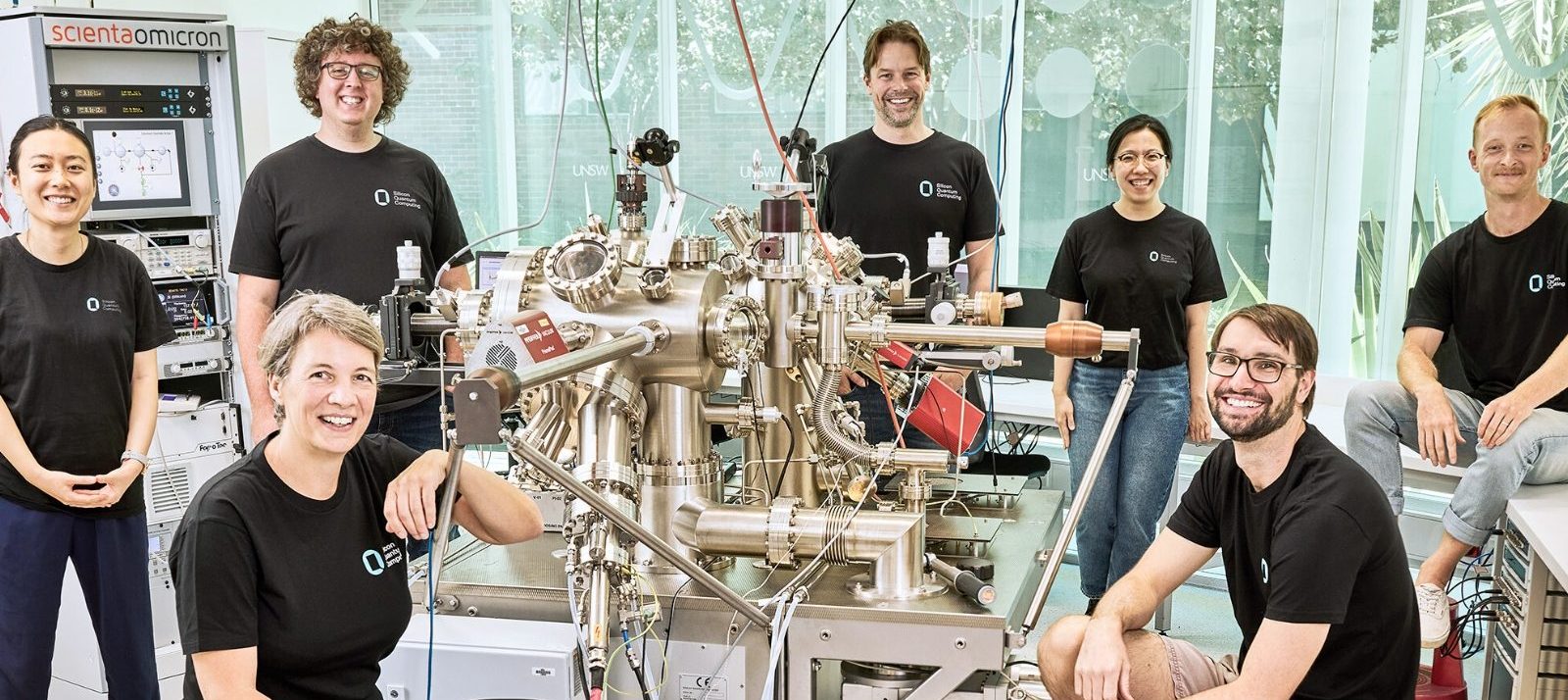Australia’s deeptech fund Main Sequence and the ATP Fund in Austin invested the pre-seed funds into The University of Sydney quantum computing spin-out.

What do you get when you pair innovative quantum sensors with silicon transistors?
A $750,000 pre-seed raise led by Australia’s leading deep tech VC firm, to start.
DeteQt was founded by University of Sydney professors Omid Kavehei and James Rabeau just six months ago. The technology it is pioneering taps into a market projected to exceed $30 billion in global value within five years.
“Our technology is designed to address some of the world’s biggest challenges – navigation in GPS-denied environments, more effective critical mineral exploration and next-generation medical imaging,” says DeteQt CEO Rabeau.
“By integrating quantum sensors with scalable semiconductor processes, we’re delivering the sensitivity of quantum with the manufacturability and low-cost of silicon.”

The innovation was borne in the University of Sydney’s Nano Institute and comes on the heels of the Australian government’s investment in Quantum Australia, the Sydney Quantum Academy, and most recently, Quantum Brilliance’s Queensland diamond-foundry.
DeteQt says this $750,000 pre-seed round raise illustrates the power of public and private sector collaboration.
“Australia can turn cutting-edge quantum research into real-world applications – creating new industries, jobs, and sovereign capability,” the company states.
The firm has secured a $3 million contract with the Australian Defence Force to innovate GPS-denied navigation systems. It has also partnered with US company OneScan ‘to assess the potential for portable MRI systems using quantum sensing.’
In the mining sector, DeteQt is developing ‘next-generation’ subterranean imaging tools in conjunction with Australia’s Fleet Space.

“Current sensor technologies in mining, health and navigation have hit fundamental limits,” the nascent quantum-sensing organisation states.
“DeteQt’s diamond-on-silicon quantum sensors provide a new approach, integrating nitrogen-vacancy diamond technology with traditional silicon chip fabrication.”
Look back on the week that was with hand-picked articles from Australia and around the world. Sign up to the Forbes Australia newsletter here or become a member here.


